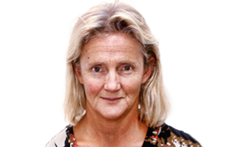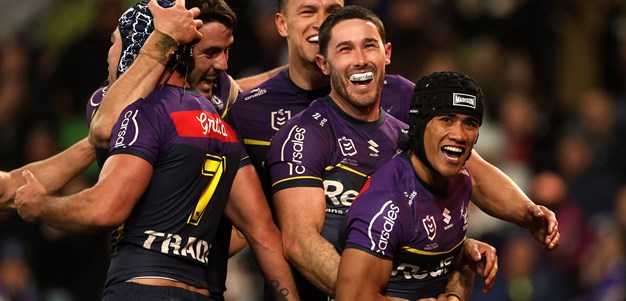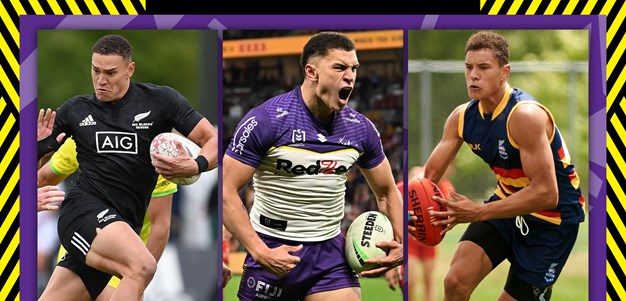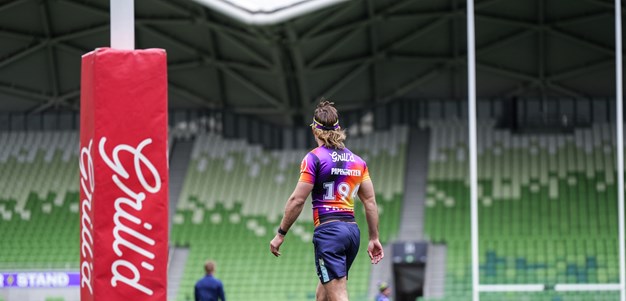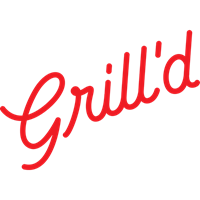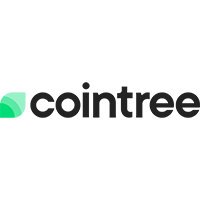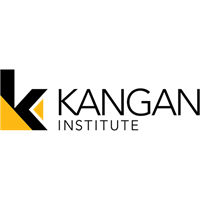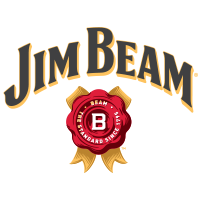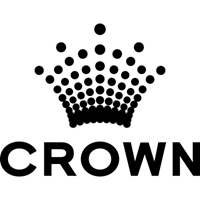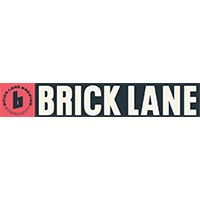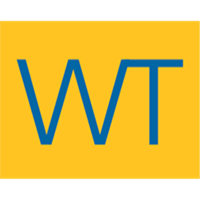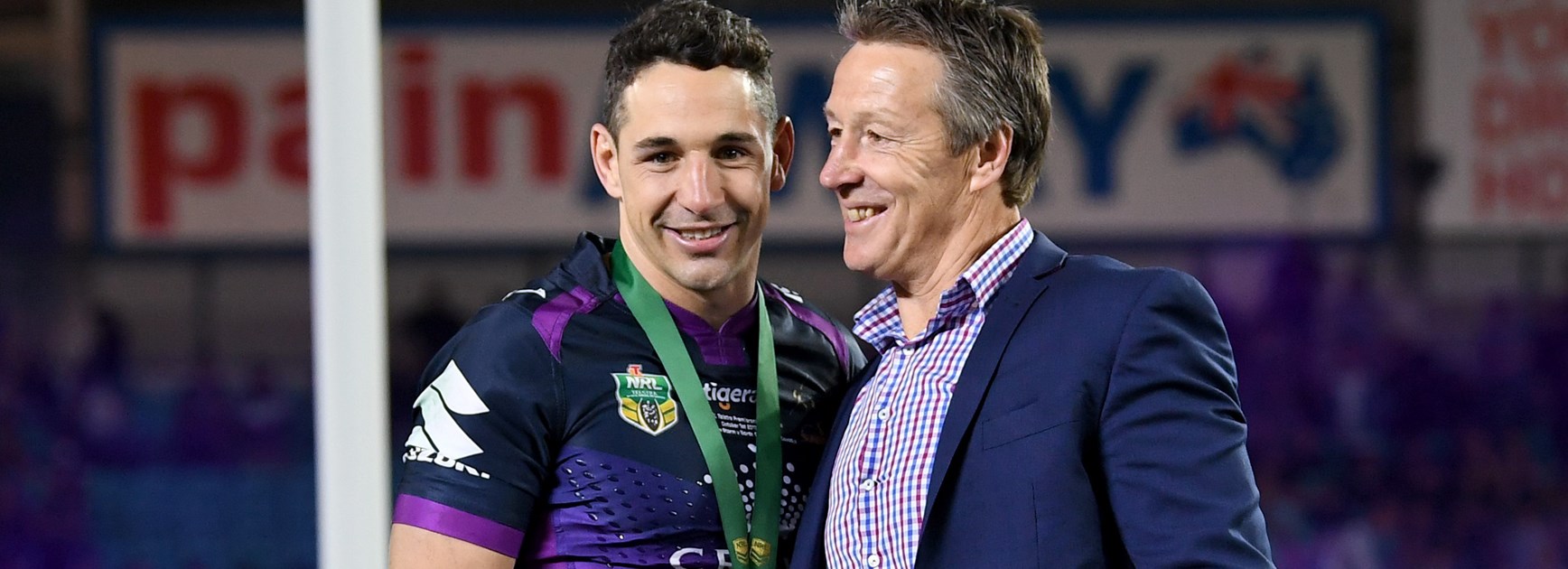
Craig Bellamy prides himself on analysing every detail of opposition teams. But there is one person at Melbourne Storm that studies even more video footage than the head coach – Billy Slater.
"By a mile," Bellamy told NRL.com.
With Tuesday's news that Slater will retire from representative football, ahead of him reaching the State of Origin '30 Club' on home turf at the MCG next Wednesday, Bellamy explained how and why his No.1 changed the way fullbacks play.
But he also stressed his own coaching future – he's off contract this year and both Storm and the Broncos are offering multi-million dollar deals – would not influence whether Slater continued on for Melbourne in 2019.
"No way. We haven't talked about that at all," Bellamy said, revealing that Slater came to him in Townsville before last week's round 12 match against the Cowboys to tell him of his decision to call it a day for Queensland and Australia.
"I don't know if he'll play on [at the Storm]. I don't think he does just yet either.
"I think the Origin decision has taken up the majority of his thinking so far."
But Bellamy thinks Slater would make the perfect coaching consultant, similar to what the Johns brothers Matthew and Andrew do with various clubs and individual players.
Billy GOAT? - Slater to retire as one of Queensland's greats
"He's a big part of our club family and I don't think he'll disappear out of the Storm."
Slater's arrival in Melbourne for the 2003 pre-season left a real impression on Bellamy.
"He's one of the great students I've ever had," he said.
"Obviously the coaching staff helped him along the way but he constantly watched other fullbacks, other games a lot more than other players would.
"And a lot of his learning has been self-taught by how much work he put in. He still watches all the videos over and over.
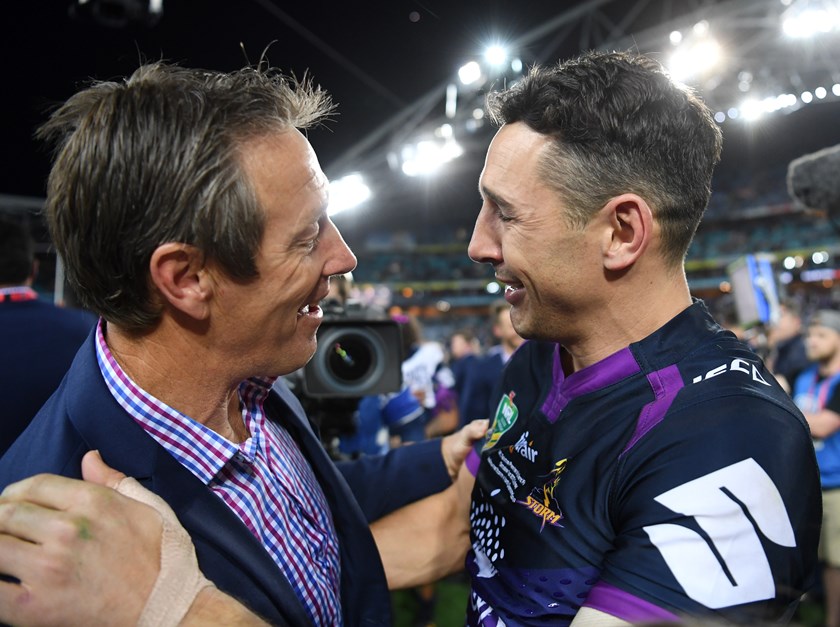
"He watches more footy than any other player at our club.
"He is still looking to get better; he comes to training every day to get better. That is who he is.
"He's always had different ideas on how he and the team can improve. That's how he has changed the game.
"People talk of the way he returns the ball, how he sniffs around the ball. But it's also the different shapes he wants the team to be in and where other players need to position themselves.
"His organisational skills are incredible. And he helps the young blokes get to know their roles as well... He's always got an idea to help them out.
"He's like a coach on the field. The whole three of them have been that," Bellamy said, referring to Slater, Cameron Smith and Cooper Cronk.
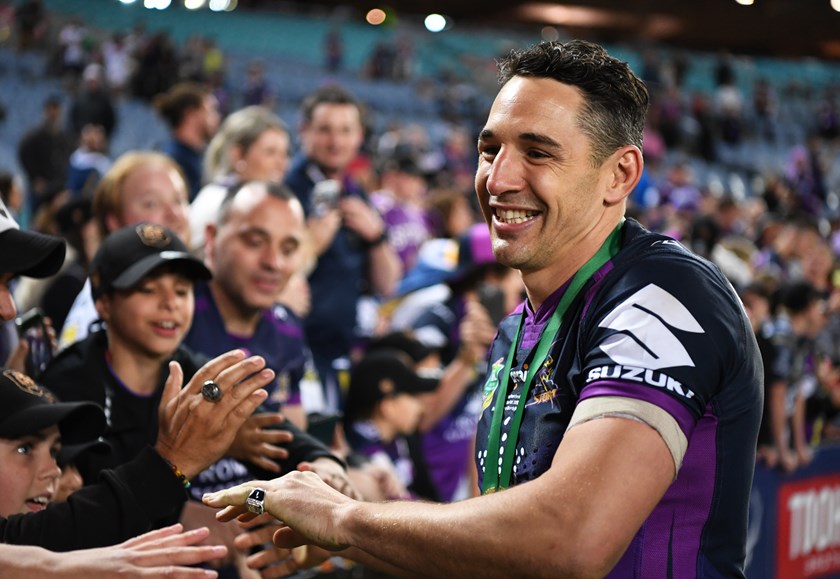
So how did the speedy little centre from tropical north Queensland turn into one of rugby league's greatest No.1s?
"When he first came to our club his greatest strengths were his fitness and his speed, and his willingness to the hard work to be physically prepared for the game," Bellamy said.
"He wasn't overly footy-smart when he arrived. Having said that he hadn't played a lot of fullback either. Most of his football had been played as a centre, with a little time at wing.
"At that time we had Robbie Ross so we weren't thinking 'fullback' about Billy. He played his first couple of trials for us at centre. Then Robbie got hurt and we didn't have too many other options.
"I remember thinking that because of Billy's pace and because at training he just wanted to be around the footy, he impressed me with that desire.
"I thought 'Why not give him a go at fullback?' He was so good in that pre-season I was that determined to find him a spot somewhere."
And the rest, they say, is history…
